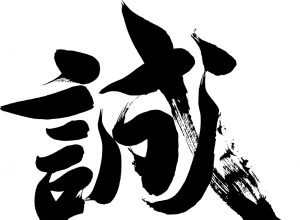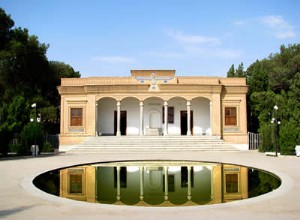Today in this article we are giving you the list of Governor General of Bengal who was in the post of Governor General of Bengal from 1172 AD to 1828 AD. Governor General of Bengal Warren Hastings (1772 AD – 1785 AD) He was the first governor of Bengal. His tenure was from 20 October 1772 to 1 F




